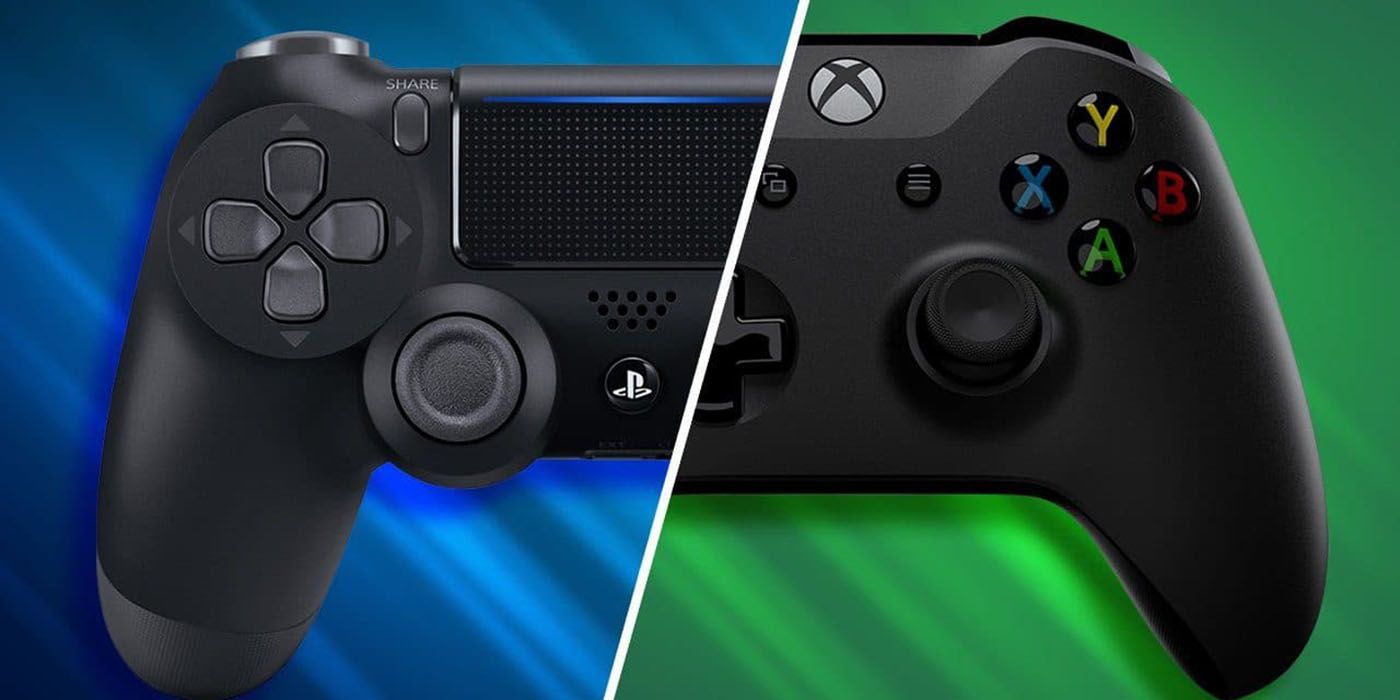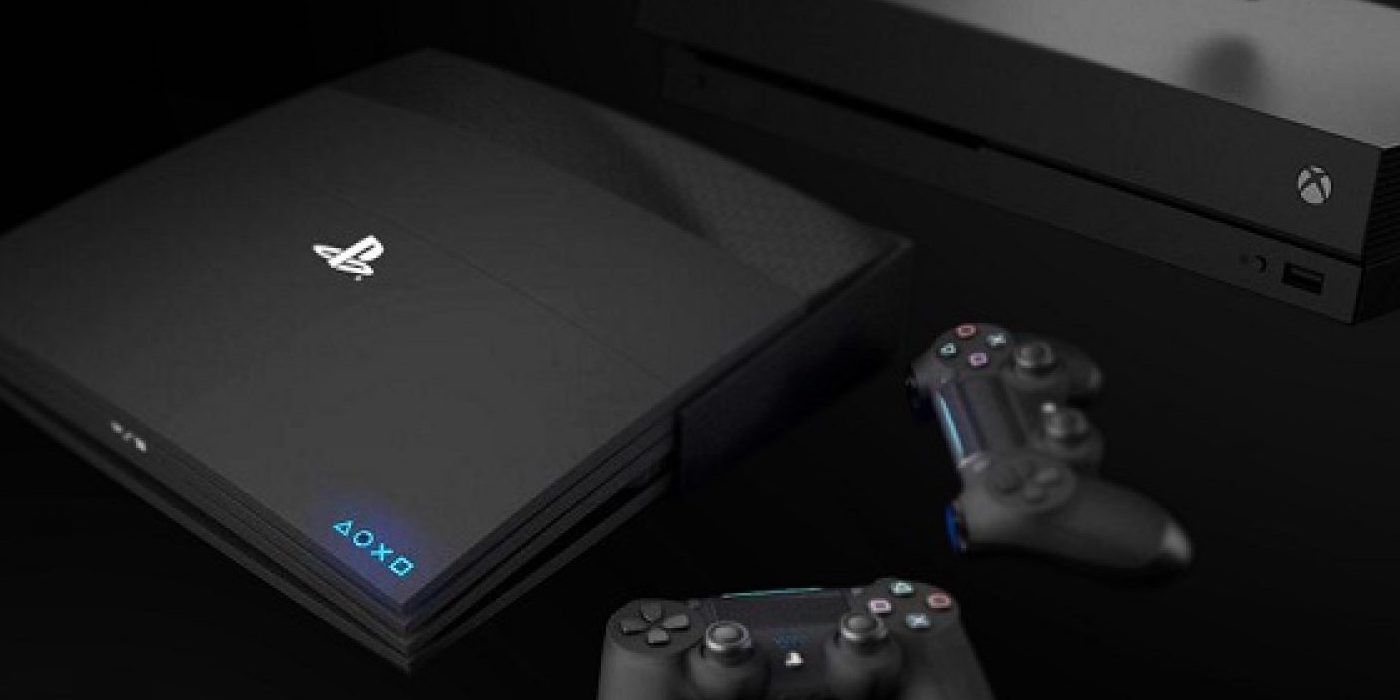The head of Microsoft Game Studios, Matt Booty, recently revealed the possibility of its next console, Project Scarlett, comprising the largest selection of games available for any console at launch, due to its backward compatibility with previous Xbox console games. Also as of late, Sony has also been emphasizing backward compatibility features in its next console as well, as both Project Scarlett and PS5 are slated to launch near the end of next year.
Though it is confirmed that Microsoft and Sony’s next-generation of consoles will support any game that currently plays on the PS4 and Xbox One, the details are less clear over the extent to which this feature will also include games from their older generation consoles, especially from Sony.
Given that Playstation Now’s streaming game service is confirmed for the PS5, it can be assumed that, at the very least, an array of select titles from older generation Playstation consoles can be streamed on PS5. On the other hand, Microsoft has already confirmed that Project Scarlett will will run all the previous games which already play on Xbox One’s backward compatibility feature comprised of over 600 titles. The possibility of more games being added to the list, or the entire library from previous Xbox consoles, is still open for speculation.
Sony has much less to say about backward compatibility thus far, making the current situation much harder to gauge. However, there are some interesting cues worth taking note of, such as the patent entitled “REMASTERING BY EMULATION” which Sony filed for back in 2016. It describes a feature which incorporates emulation by having a CPU replicate the algorithms used in older CPU models. While it does not provide much insight or details overall, it could signal an invested effort by Sony for serious backward compatibility endeavors in their next-generation console.
With the advent of streaming gaming services taking root as of lately, with new services such as Google Stadia, and Microsoft xCloud on the horizon, backward compatibility initiatives may be able to more easily expand themselves to include larger libraries. In many ways, the architecture required for playing older games through streaming services would be much less complex than hardware emulation, given that latency issues can be resolved.
In short, if the consumer market demands backward compatibility and access to older game libraries, the future looks bright for streaming games, with or without hardware emulation dictating the matter. The launch of Project Scarlett and its vast library of available titles from previous consoles will certainly provide plenty of insight for industry experts to gauge. If consumers prove to be especially receptive of backward compatibility content, there does not appear to be anything limiting Sony nor Microsoft from expanding upon these efforts with streaming services at their disposal.
While it remains to be seen whether backward compatibility can attract new consumers, it may prove strongest in retaining Microsoft and Sony’s current player bases, providing a strong incentive to stick with the platform players are most familiar with. No doubt, it is new games, especially exclusives, which attract new buyers and give reason for players to make the jump from one console to the other. But backward compatibility can certainly sustain players who have already invested a lot of their money into software on the platform service they already own, given that they can play their purchases on future consoles from the same company.
Every console often has a certain number of exclusive titles that invoke curiosity and attract attention from players who are exclusively loyal to another console. As such, it is often not enough to sway them into jumping ship nor invest their hard earned money into buying an additional console. However, with strong next-gen exclusive titles, coupled with backward compatibility at affordable prices, attracting new consumers may be greatly enhanced. Players may have a strong incentive to jump ship or invest in an additional console to explore those older titles they never had the opportunity to play during the previous console generation.
It can at least be said that both Sony, and especially Microsoft, appear to be taking its backward compatibility aspirations seriously as each head into 2020 and prepare to launch new consoles. While the majority of the competition between the two companies will be a race to secure the most attractive titles and strong third party support, backward compatibility is certainly a strong supplement to that, and can make a difference in selling consoles. However, the degree to which it makes that difference will have to wait until 2020 when consumer reception can be assessed.


